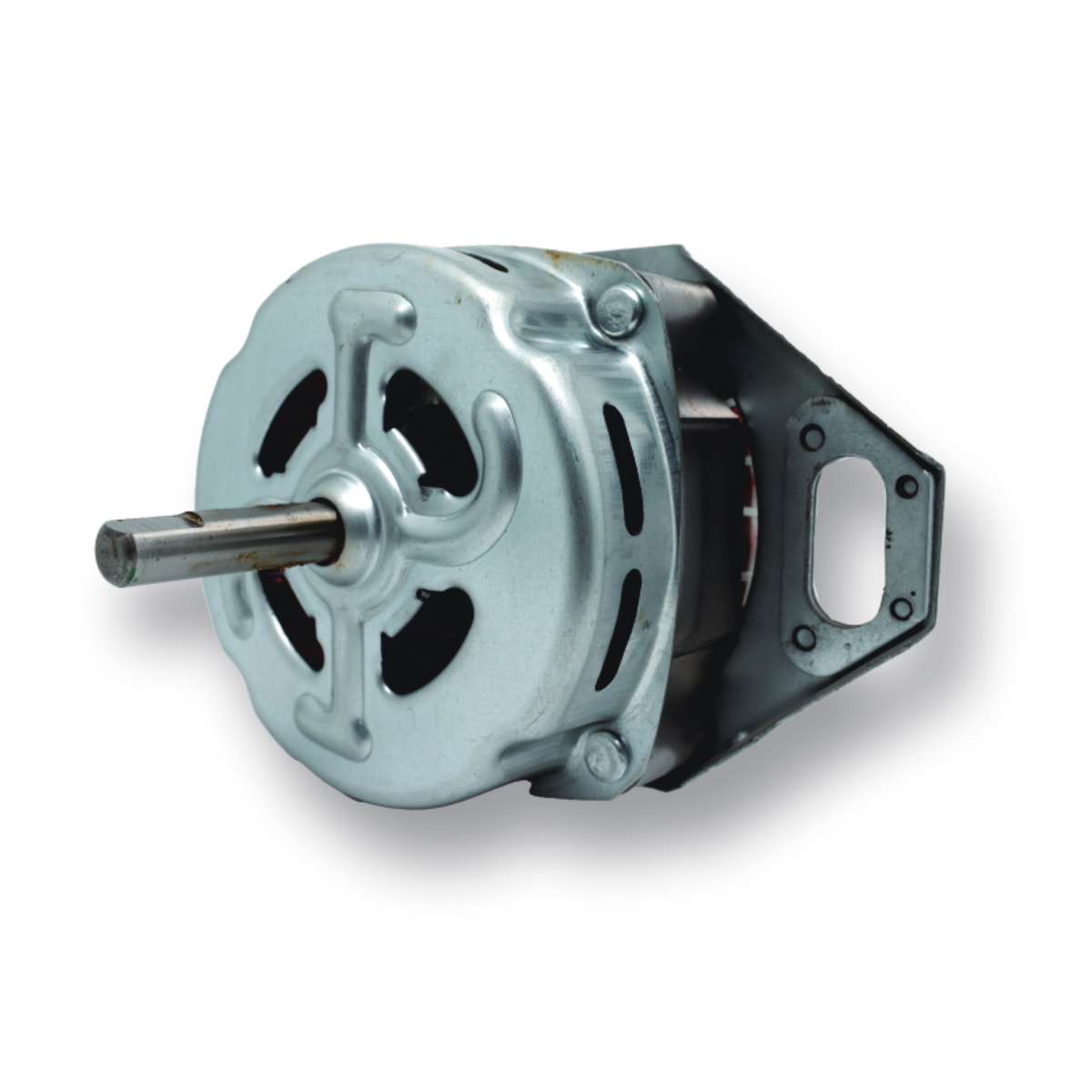Introduction to blower cooler motors
Blower cooler motors are pivotal components in heating, ventilation, and air conditioning (HVAC) systems. Their core function is to drive the blower fan, which circulates air throughout the ductwork of your home. This circulation is essential for maintaining consistent indoor temperatures and ensuring optimal system performance. While these motors might seem small, their impact on overall HVAC efficiency and air quality is substantial.
Role in Air Circulation
Driving Airflow through HVAC Systems
The blower motor powers the fan, creating airflow that moves conditioned air through the HVAC system. This air is heated or cooled before being pushed through the ducts and released into the living spaces. The efficiency of this process determines how well your home maintains its set temperature.
Ensuring Consistent Indoor Temperatures
Blower motors are critical for distributing air evenly across all rooms. Without a properly functioning blower motor, some areas might remain warmer or cooler than others, leading to discomfort and inefficient energy use. By ensuring consistent airflow, the motor plays a vital role in achieving desired temperature settings across the home.
Types of Blower Motors
Single-Speed Blower Motors
Single-speed motors operate at a fixed speed and are typically found in older systems. They are cost-effective but less efficient as they operate at maximum capacity regardless of actual heating or cooling needs.
Multi-Speed Blower Motors
Multi-speed motors can adjust their speed based on demand, offering better control over airflow. This can lead to improved energy efficiency and more consistent temperature maintenance.
Variable-Speed Blower Motors
Variable-speed motors provide the highest level of efficiency and control. They adjust their speed continuously to match the precise heating or cooling demands, reducing energy consumption and noise. These motors are typically considered the best choice for new installations or upgrades.
Energy Efficiency and Cost Implications
Impact on Energy Bills
The efficiency of a blower motor directly affects energy usage and costs. Variable-speed motors, for instance, can significantly lower energy consumption, which is crucial for homeowners looking to reduce their utility bills. An efficient motor can save up to 30% on energy costs compared to less efficient models.
Environmental Benefits
Efficient blower motors not only reduce costs but also decrease environmental impact by lowering energy consumption. This is an important consideration for eco-conscious homeowners and businesses looking to reduce their carbon footprint.
Common Signs of Blower Motor Failure
Indicators of Malfunction
- Weak airflow through vents
- Unusual noises such as humming or rattling
- Inconsistent room temperatures
- Frequent system cycling
Premature Wear and Tear
Blower motors typically have a lifespan of 10-20 years. However, factors such as dirt buildup, electrical issues, and overuse can lead to premature failure. Regular inspections and maintenance are critical to ensuring longevity.
Maintenance and Longevity
Regular Maintenance Practices
To extend the lifespan of a blower motor, regular maintenance, such as cleaning and replacing air filters, is essential. Clogged filters force the motor to work harder, causing wear and potentially leading to early failure.
Professional Inspections
Annual inspections by HVAC professionals can preemptively identify issues before they evolve into costly repairs or replacements. This proactive approach can significantly increase the longevity of the motor.
Installation and Upgrade Considerations
Selecting the Right Motor for Your System
Choosing the appropriate blower motor involves considering factors like system compatibility, energy efficiency, and budget. Consultation with professionals can aid in making informed decisions tailored to specific needs.
Importance of Professional Installation
Professional installation ensures that the blower motor is properly installed and configured, preventing potential issues related to improper setup. This is particularly important when upgrading to more advanced motor types.
Blower Motor Location and Accessibility
Locating the Blower Motor
The location of the blower motor can vary depending on the type of HVAC system. In most furnaces, it is found at the base near the air filter. For air conditioners and heat pumps, it’s usually within the air handler.
Addressing Accessibility Challenges
In some systems, accessibility may be hindered due to compact design. In such cases, professional service is recommended to avoid damage during maintenance or repair attempts.
Impact on Air Quality
Role in Filtration
As air passes through the HVAC system, the blower motor helps filter airborne particles, contributing to improved indoor air quality. A clogged motor can hinder this process, highlighting the importance of regular maintenance.
Contributing to a Healthy Living Environment
By maintaining a clean and efficient blower motor, homeowners can ensure that the air circulating in their homes is free from pollutants and allergens, promoting a healthier indoor environment.
Conclusion: Importance of Blower Motors
Blower motors are critical for the efficient operation of HVAC systems. Whether for maintaining consistent temperatures, reducing energy consumption, or improving air quality, a well-functioning blower motor is indispensable. Regular maintenance and timely upgrades tailored to specific needs can maximize benefits and ensure long-term system performance.
Hanlang Technology Provide Solutions
Hanlang Technology, a leading blower motor manufacturer in China, offers comprehensive wholesale solutions tailored to your HVAC needs. We specialize in providing high-quality blower motors that enhance system efficiency and longevity. Our products are engineered to meet the demands of modern HVAC systems, ensuring optimal performance and energy efficiency. Trust Hanlang Technology for reliable solutions that prioritize both cost-effectiveness and environmental sustainability.




